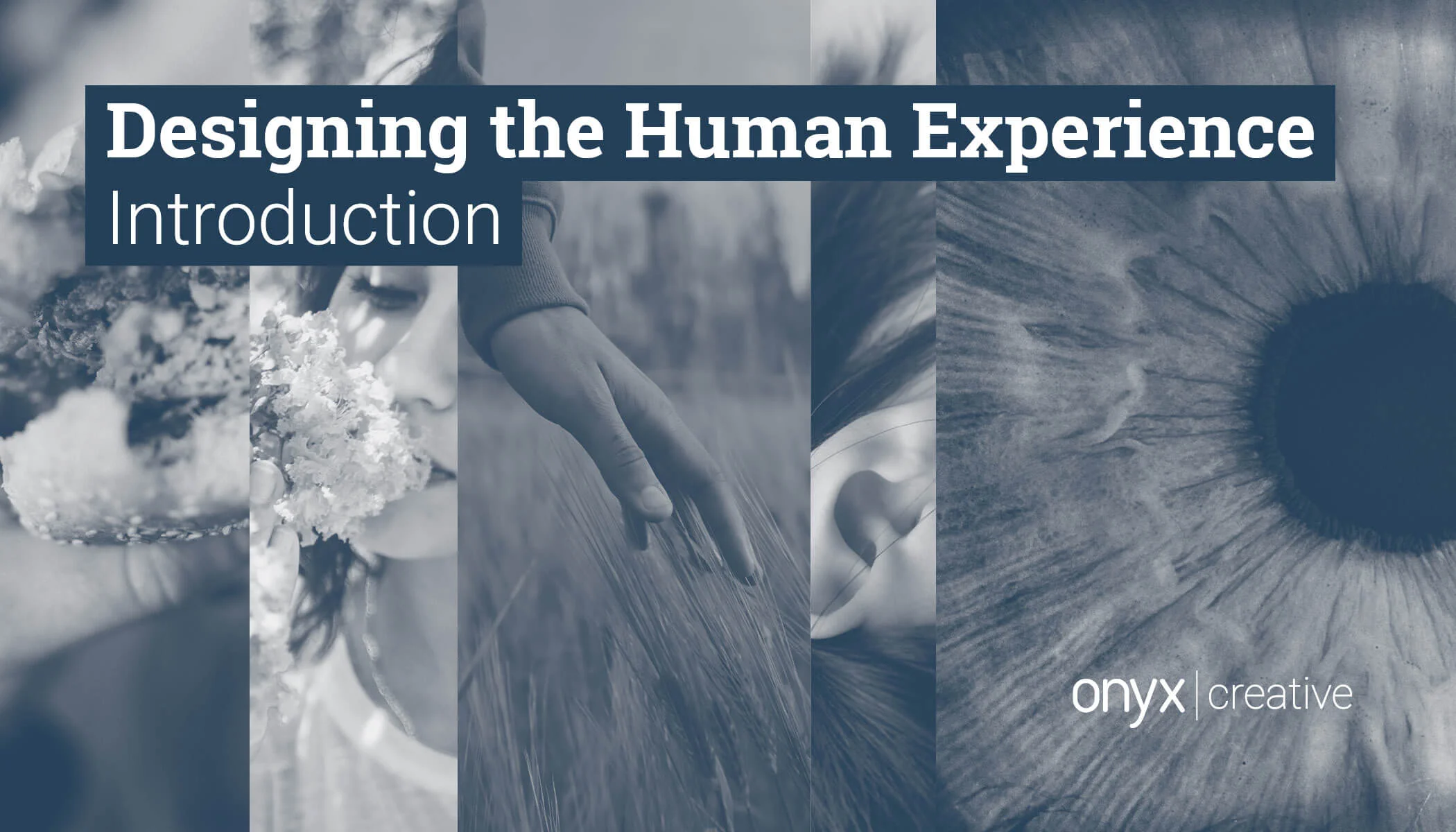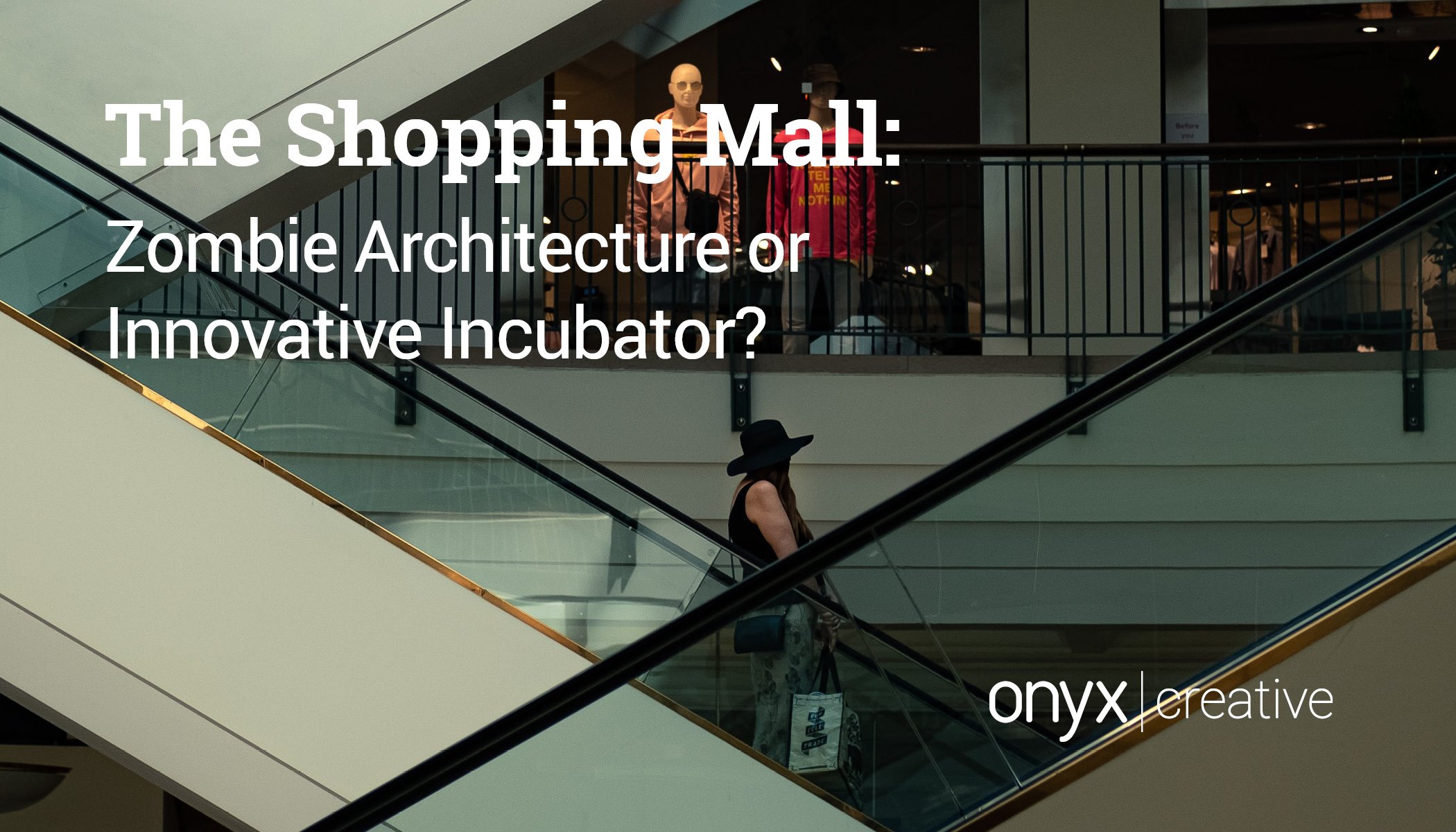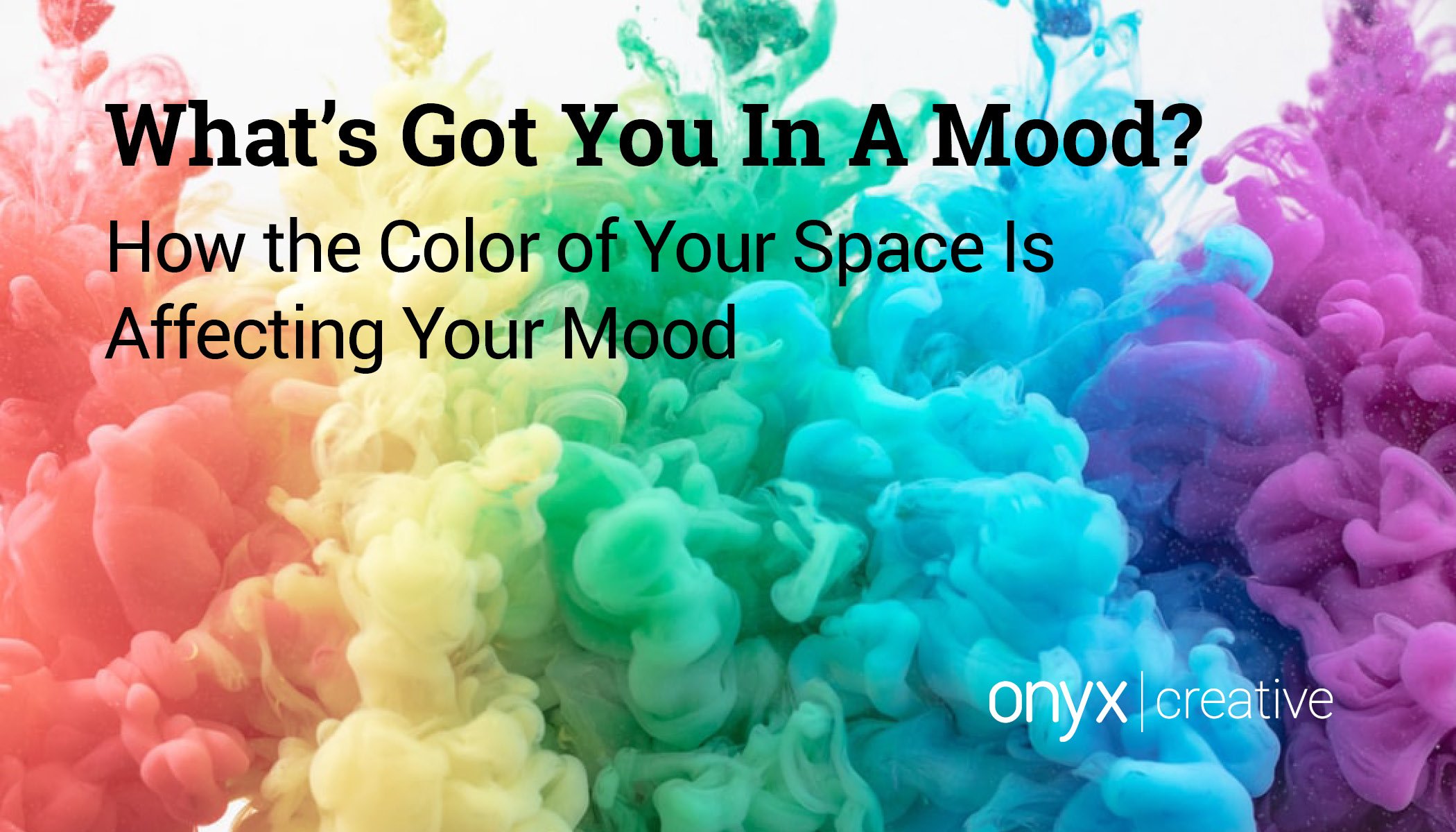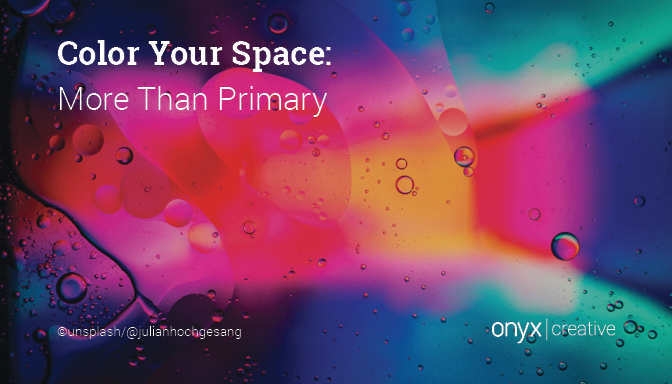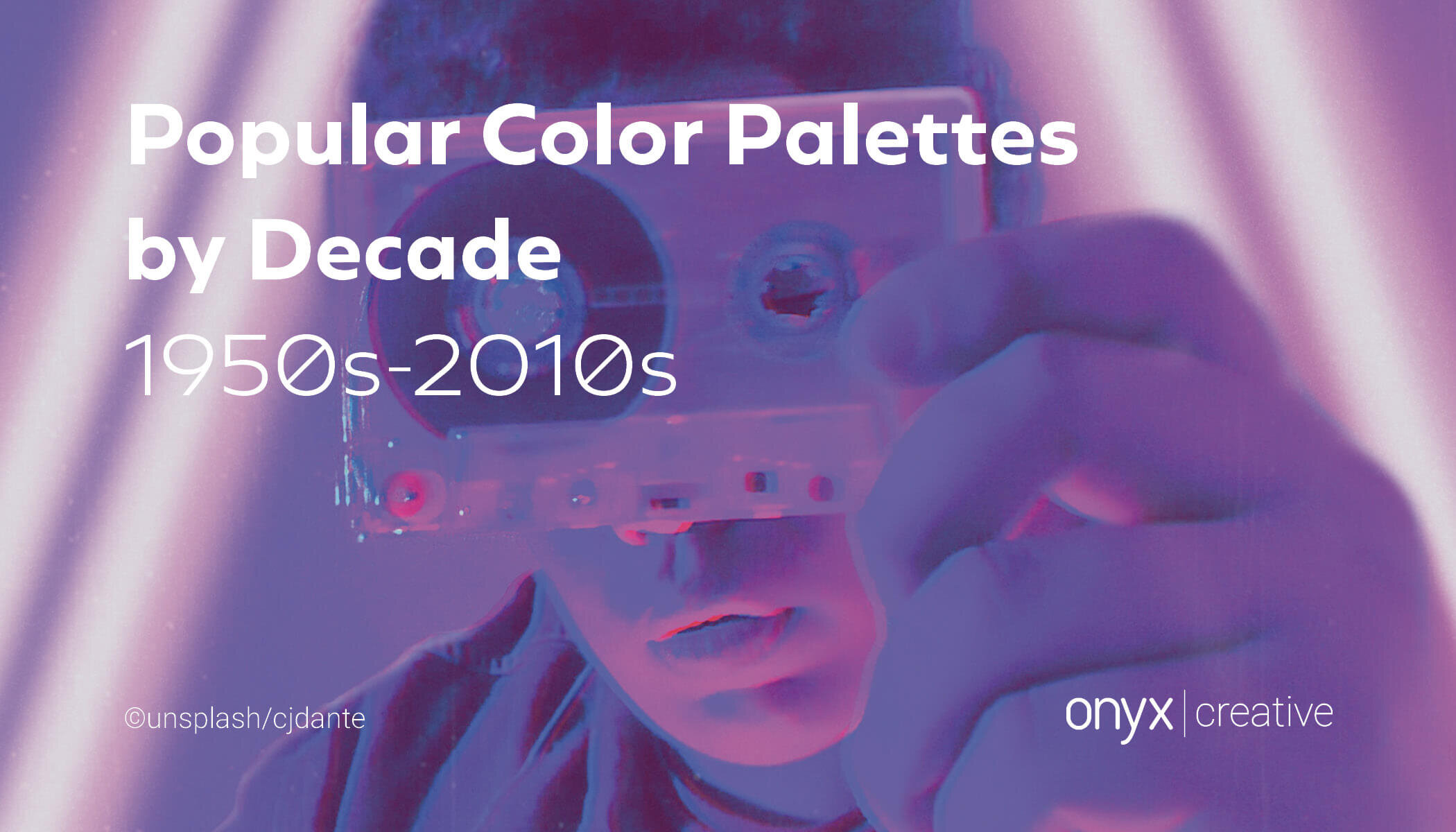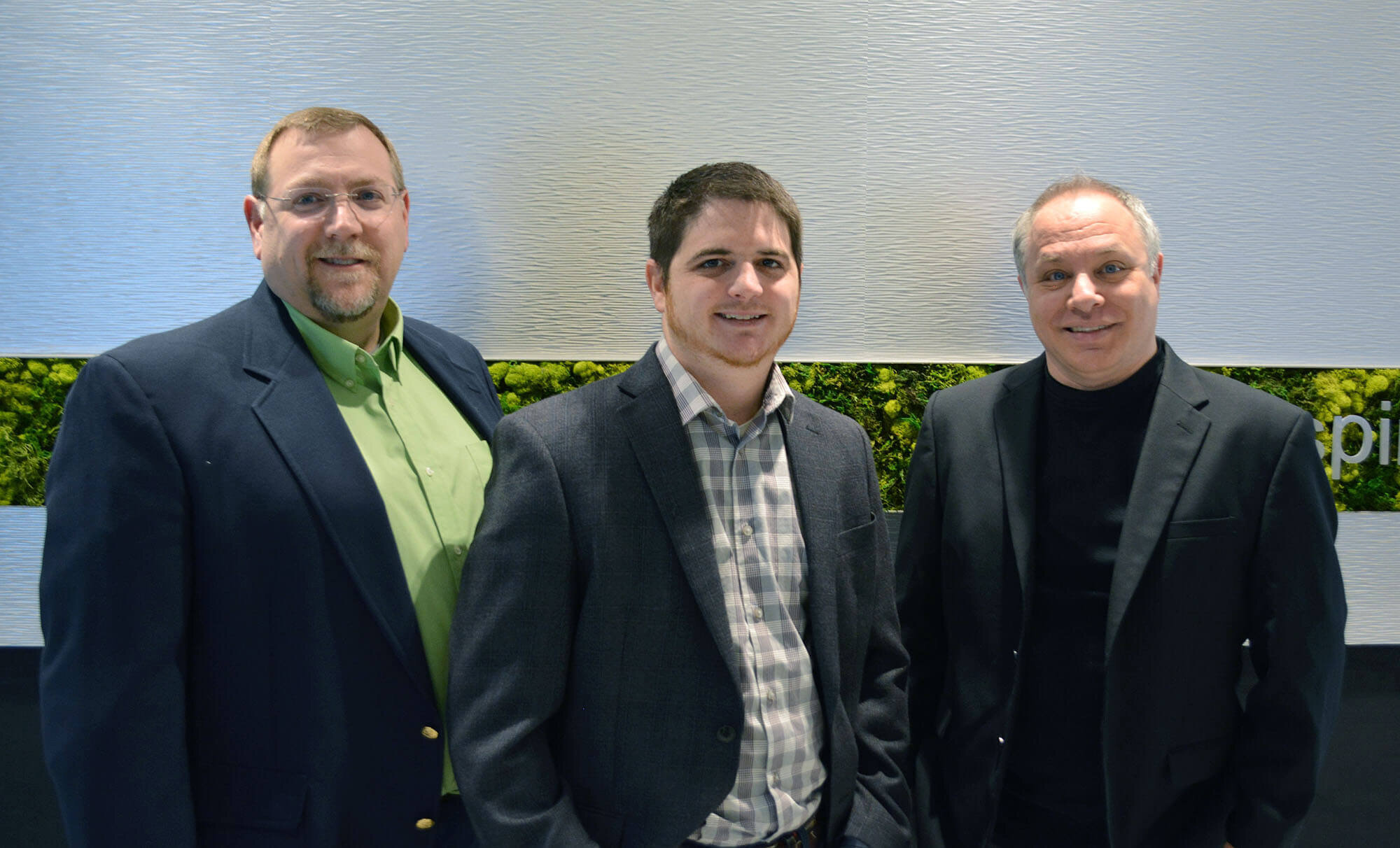Interior design is the art and science of formulating interiors while creating function, safety, and beauty. Essentially a series of informed decisions, interior design has the ability to create a positive impact in the lives of the end-user. We are living through a revolution in communications and computer technology that, while generating connectivity, is also creating face-to-face social isolation; however, we also see a counter pattern of people gravitating to metropolitan areas, seeking wholesome ‘live – work – play’ environments that are flexible to their needs and towards spaces that connect individuals and communities. In response, design is adapting and evolving, shifting rapidly towards emphasizing the human experience, requiring spaces that promote emotional and physical well-being by creating an immersive experience that engages on every scale from individuals to whole communities.
Creating a well-designed environment is a multi-faceted process. It requires designers to take into consideration brand experience, customer experience and employee experience, while finding the right balance for a successful process. The goal is to create an engaging space.
We strive to go beyond focusing on the direct or symbolic space perceptions; creating an environment anticipating people’s needs and impacting our relationship with others through positive engagement. In some cases ‘experience design’ can be elevated to deeper individual levels, calling for engagement of our senses as consumers of space. We have the ability not only to appeal to the primary visual sense for aesthetically pleasing design, but also fully engage the senses of hearing, smell and touch, all of which can transform a space from static to a living and breathing environment. A well designed environment can facilitate levels of engagement and interaction which can be more impactful than the physical entity of the building itself [1].
At Onyx Creative, we believe that the most important factor when approaching any project is the human experience. Space is our most consumed product. A good designer realizes the full potential the design of ‘space’ has on our lives and well-being; positive, negative and everything in-between. By creating an elevated spatial experience, form and function are enhanced and users can have deeper, more meaningful moments, interactions and engagement in the designed space.
In our “Designing the Human Experience” series, we will elaborate in more detail on creating elevated user experience in various commercial sectors.
1. “The Language of Space”, Lawson, B. R. (2001) Oxford, Architectural Press

